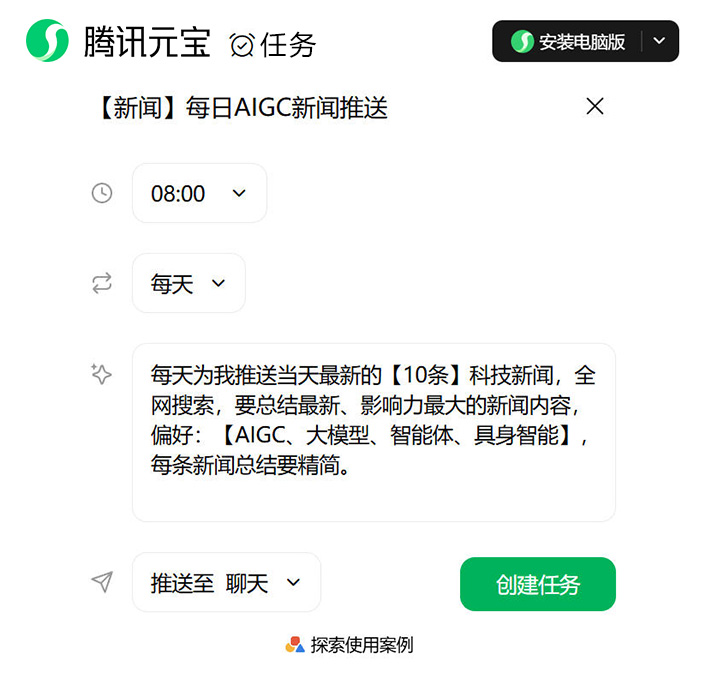你是否曾试图用文字描述候车室内那一刻的微妙氛围:行色匆匆的旅客、广播的机械回响、光影交错的静谧角落,却总感觉词不达意?在AI绘画技术蓬勃发展的今天,你只需掌握精准的表达,”描述”便能瞬间转化为令人惊叹的高质感视觉图像。告别模糊的想象,让我们一起解锁用AI绘制候车室氛围的秘密。
一、精准提示词:描绘氛围的核心骨架
成功的AI图像生成,80%依赖于精准的提示词。针对候车室场景,你需要构建清晰的”氛围元素清单”:
- 核心场景定位词:明确核心:”busy trAIn station waiting area”, “quiet airport terminal lounge at dawn”, “vintage retro style old train station hall”. 避免笼统的”候车室”。
- 关键氛围元素描述:
- 人群状态:”crowded with diverse travelers carrying luggage”, “few scattered passengers waiting quietly”, “long shadows cast by solitary figures”.
- 环境特征:”harsh fluorescent lighting overhead”, “soft warm glow from large Windows at sunset”, “polished marble floors reflecting lights”, “worn wooden benches”.
- 时光印记:”mid-century modern architecture”, “futuristic sleek design with digital displays”, “abandoned station with peeling paint”.
- 决定性氛围关键词 (至关重要!):
- 宁静感:serene, tranquil, contemplative, stillness, soft light, atmospheric haze.
- 繁忙感:chaotic, bustling, dynamic, hurried movements, congested space.
- 孤独感:isolated, lonely, melancholic, solitary figure, vast empty space, cool tones.
- 期待/焦虑感:anticipatory, tense, waiting, clock on wall, focused expressions, deep shadows.
- 怀旧感:nostalgic, vintage photograph aesthetic, film grain, faded colors, sepia tone.
- 强化风格与画质:结尾务必添加画风与质量词,如:”cinematic lighting, highly detailed, sharp focus, photorealistic, 8k” 或 “soft pastel illustration, gentle watercolor style, subtle textures”.
> 总结公式:[核心场景] + [人物状态/数量] + [环境细节] + [决定性氛围关键词] + [光影/天气] + [艺术风格] + [画质要求]
二、掌控参数:微调图像的神经引擎 ⚙️
提示词是蓝图,参数则是精确的施工手册:
- 创作强度 (CFG Scale 7-12):控制AI”听话”程度。
- 低值(7-9):AI自由发挥空间大,氛围可能更朦胧艺术化,但易偏离核心描述。
- 高值(10-12):更严格遵循提示词,细节还原度高,适合追求精准氛围表达。拥挤喧闹的候车室,建议使用CFG 10+。
- 迭代精度 (Sampling Steps 20-50):图像渲染的精细度步骤。
- 基础(20-30):出图快,但复杂光影(如大窗投射的光束)或细腻材质(皮质旅行箱纹理)可能不够精致。
- 高质(40-50):细节充沛(如地砖反光、座椅磨损痕迹),光影过渡自然,显著提升氛围真实感。
- 种子值 (Seed) – 氛围的微调旋钮:固定Seed值,仅微调动词或参数,可探索同一氛围下的细微变化(如改变窗外天色为”暴雨将至的灰蓝”)。
三、利器选择:适配不同氛围需求 🛠️
模型特质决定风格起点:
- Midjourney (V6):氛围渲染大师。擅长复杂光影、情绪表达。输入”grand central terminal at rush hour, chaotic crowd, motion blur, harsh overhead lights, tense atmosphere, cinematic, hyperrealistic –style raw –s 100 –v 6.0”,它能出色呈现繁忙中的压力感。
- Stable Diffusion (SDXL 1.0 + 精炼模型):灵活性与高精度之王。
- 配合Juggernaut XL:追求极致照片质感。
- 配合DreamShaper XL:艺术化处理氛围(如油画感的怀旧车站)。
- 强大之处在于:可利用lora模型精确控制如”70年代火车站”的复古氛围细节。
- DALL·E 3 (集成于ChatGPT等):理解力强,上手易。对复杂长文本提示理解更佳。输入”一个雨夜的郊区小火车站,灯光昏黄,只有一位老人孤独地坐在长椅上,旁边放着一个旧皮箱,水汽弥漫在空气中,氛围宁静而略带感伤,35mm胶片质感”,它能很好理解并呈现这种静谧孤独感。
四、进阶技巧:从合格到惊艳 ✨
- 负面词库 (Negative prompts) – 氛围净化器:明确排除干扰元素。例如:
- 宁静氛围:
people talking, crowds, noisy, bright colors, modern furniture, clean - 怀旧氛围:
modern design, LED screens, smartphones, bright lighting, digital displays - 通用增强:
blurry, deformed hands, extra limbs, text, signature, watermark, low quality, cartoonish。
- 图像提示 (Image Prompting):氛围的视觉锚点:在Midjourney或SD中上传一张具目标氛围的参考图(如一张空荡月台的照片),结合文字提示(
similar empty and melancholic atmosphere, but in a large modern airport terminal lounge at night),能更精准引导AI理解你想要的寂静空旷感。 - 分层生成与局部重绘 (SD inpainting):若AI生成了不错的候车室结构,但窗边光影氛围不足,可框选窗户区域,添加提示词”dramatic sunset light streaming through window, volumetric rays, warm glow”。精准修补,不破坏整体。
五、创意激发:突破常规的候车室叙事 💡
跳出日常,思考这些独特氛围:
- 科幻感:”Neo-Tokyo bullet train lounge, holographic displays, travelers with cybernetic enhancements, cool blue neon ambiance, futuristic architecture”
- 奇幻感:”Steampunk airship terminal waiting room, brass fittings, gas lamps, travelers in Victorian attire with unusual gadgets, foggy atmosphere”
- 超现实感: “Empty train station with melting clocks on benches (Dali-esque), distorted perspective, dreamlike, surreal, soft focus”
- 特定文化/时代: “1970s Soviet metro station waiting hall, mosaic murals, DIM incandescent bulbs, few solemn passengers, atmospheric”
> 关键:将你想表达的核心情绪(疏离、期待、奇幻等)转化为强有力的形容词,并找到匹配的视觉元素符号(如老式行李箱象征时光)。
掌握精准的视觉语言,每一个”候”字背后的千言万语,都能在AI的画布上凝固成永恒的画面。高效的创作工具已在手中,只需输入你的思绪,世界将在像素间为你展开。 🚄✨







 津公网安备12011002023007号
津公网安备12011002023007号